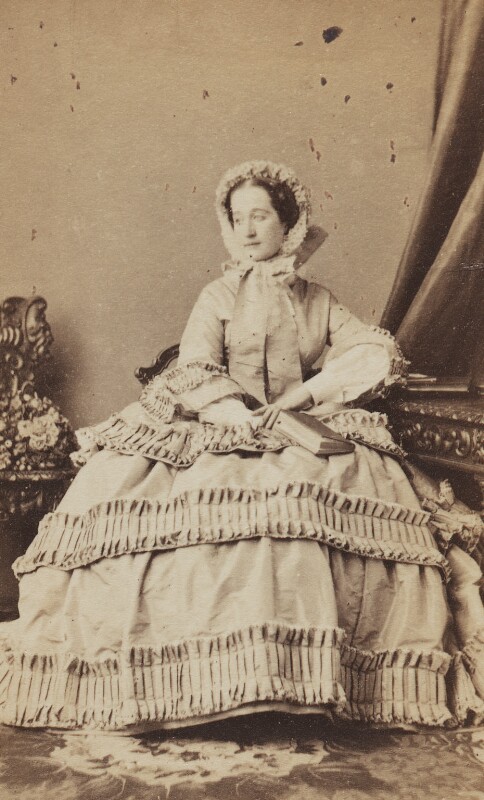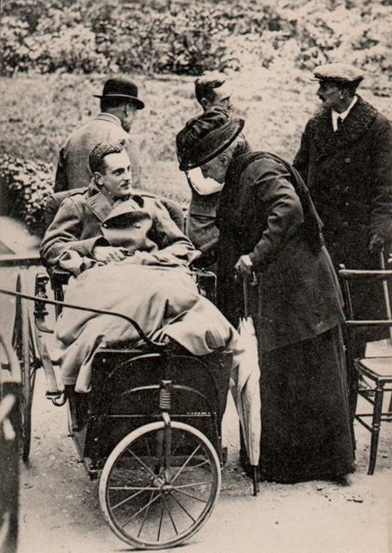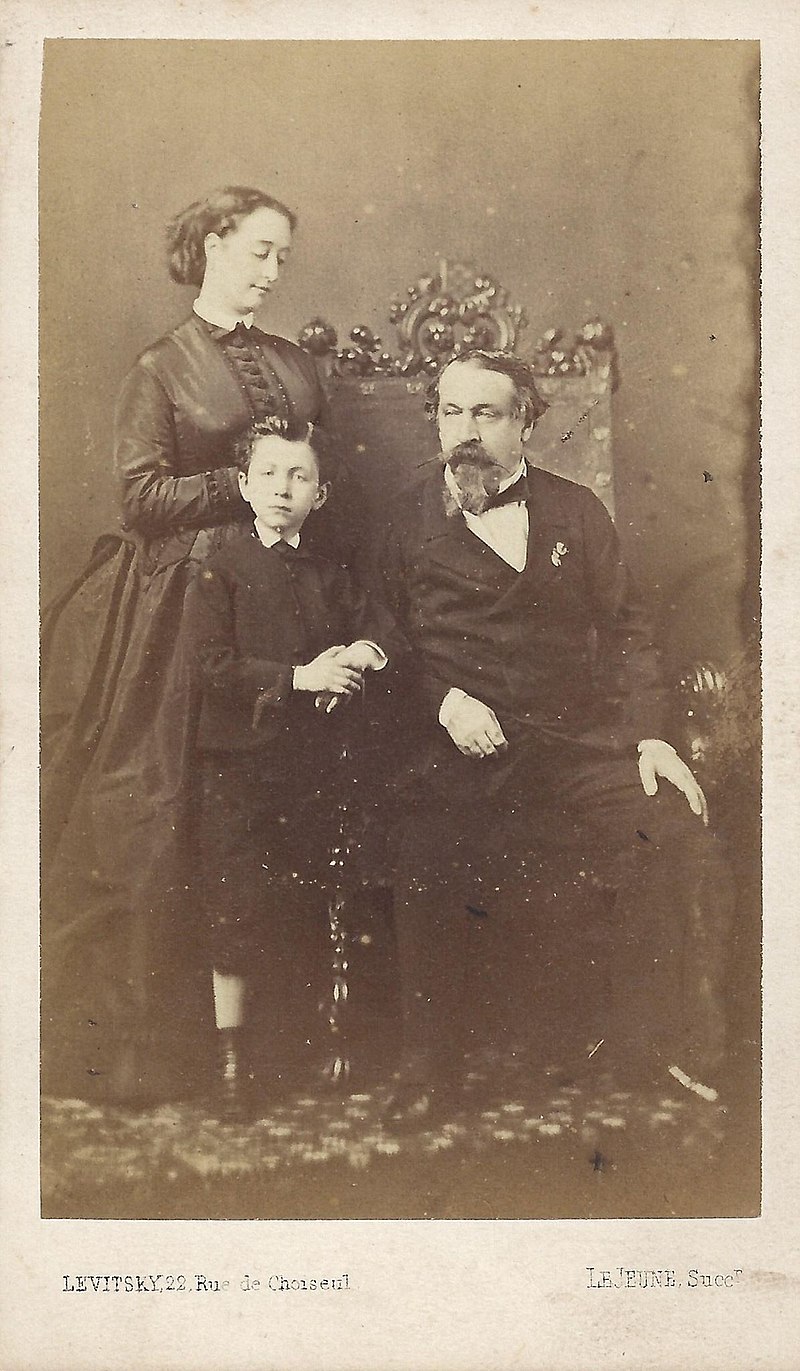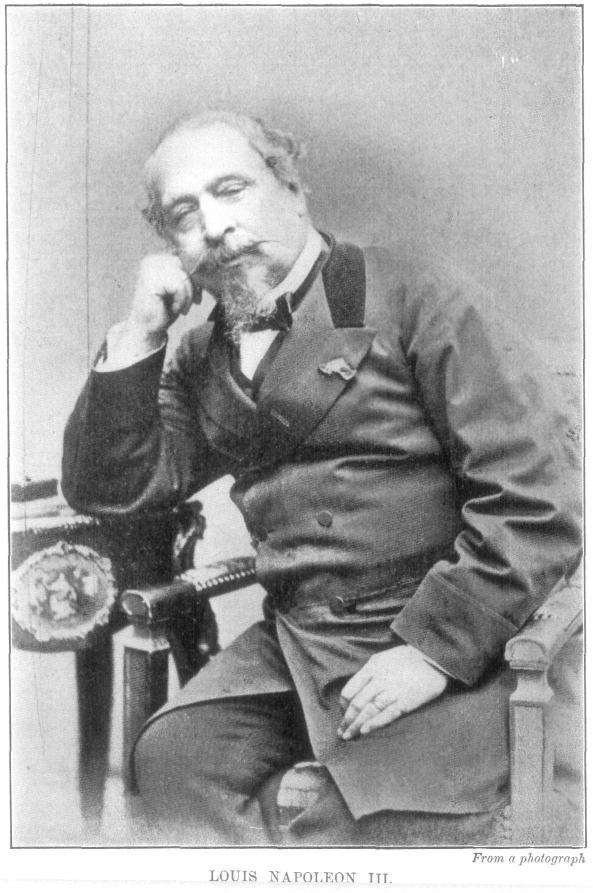by Susan Flantzer
- Commander The Honorable Richard Orlando Beaconsfield Bridgeman
- Timeline: January 1, 1917 – January 31, 1917
- A Note About German Titles
- January 1917 – Royals/Nobles/Peers/Sons of Peers Who Died In Action
**********************************************************
Commander The Honorable Richard Orlando Beaconsfield Bridgeman

Commander The Honorable Richard Orlando Beaconsfield Bridgeman; Photo Credit – http://www.birminghamhistory.net
The Honorable Richard Orlando Beaconsfield Bridgeman was born on February 28, 1879 in the Chelsea section of London, England. He was the sixth of the seven children of George Cecil Orlando Bridgeman, 4th Earl of Bradford and Lady Ida Frances Annabella Lumley, daughter of Richard George Lumley, 9th Earl of Scarbrough.
Bridgeman has a couple of connections to royalty. His mother served for 35 years as Lady of the Bedchamber to Queen Mary, wife of King George V, first while she was Princess of Wales and then also when she was Queen Consort. In addition, one of Richard’s sisters, Lady Margaret Alice Bridgeman, married John Montagu-Douglas-Scott, 7th Duke of Buccleuch and was the mother of Lady Alice Christabel Montagu-Douglas-Scott who married Prince Henry, Duke of Gloucester, son of King George V. Therefore, Bridgeman was the uncle of Lady Alice and is the great uncle of the current Duke of Gloucester who is also named Richard.
Bridgeman was christened on April 10, 1879 at the Castle Bromwich Hall church with close family friend, former Prime Minister Benjamin Disraeli, as one of his godparents. He grew up with his six siblings at Castle Bromwich Hall and at Weston Park.
Bridgeman’s six siblings:
- Lady Beatrice Bridgeman (1870 – 1952), married Colonel Rt. Hon. Ernest Pretyman, had issue
- Lady Margaret Bridgeman (1872 – 1954), married John Montagu-Douglas-Scott, 7th Duke of Buccleuch, had issue
- Orlando Bridgeman, 5th Earl of Bradford (1873 – 1957), married The Hon. Margaret Bruce, had issue
- Lady Helena Bridgeman (1875 – 1947), married Osbert Molyneux, 6th Earl of Sefton, had issue
- Lady Florence Bridgeman (1877 – 1936), married Ronald Norman, had issue
- Lieutenant-Colonel The Hon. Henry Bridgeman (1882 – 1972), married Joan Constable-Maxwell, had issue
Bridgeman joined the Royal Navy at the age of thirteen. He later commanded gunboats in China and a destroyer in the North Sea, and served during the Boer War. In 1911, Bridgeman served as First Lieutenant aboard the RMS Medina which took King George V and Queen Mary to India for the Delhi Durbar. In 1914, during World War I, Bridgeman served as Commander of HMS Hyacinth, a ship of the East Coast of Africa Blockading Squadron. In 1915, during the operation to destroy the German cruiser SMS Königsberg, Bridgeman participated in preliminary reconnoissances as an observer in seaplanes. With the use of his sketches and photographs, it was possible to determine the correct position of Königsberg and severely damage it. For his work on that mission, Bridgeman received the Distinguished Service Order (DSO).
On January 6, 1917, Bridgeman, acting as the observer, set off on a reconnaissance flight over the Rufiji River Delta with pilot and aviation pioneer Edwin Moon. They were forced to land because of engine trouble and landed in a creek of the Rufiji River Delta. Forced to destroy the seaplane to avoid its capture by the Germans, Bridgeman and Edwin Moon then spent three days in the delta trying to avoid capture. During this time they had little or nothing to eat and had to continually swim across the creeks because the vegetation on the banks was impenetrable. On January 7, they constructed a raft from the window frame of a house. After two days of drifting on the raft, they were swept out to sea on the morning of January 9. Bridgeman was not a strong swimmer and died of exhaustion and exposure. Edwin Moon tried to keep Bridgeman’s body on the raft, but it slipped off into the sea. After Moon had been on the raft for thirteen hours, the tide turned and the raft was tossed upon the shore. Moon was rescued by natives who handed him over to the Germans. The body of Commander The Honorable Richard Bridgeman washed ashore a few days
After Moon had been on the raft for thirteen hours, the tide turned and the raft was tossed upon the shore. Moon was rescued by local villagers who handed him over to the Germans. The body of Commander The Honorable Richard Bridgeman washed ashore a few days afterward and was buried by the Germans. Moon was held in a prisoner of war camp until November of 1917. After his release from the prisoner of war camp, Moon, who had previously received a Distinguished Service Order (DSO), received a bar for his DSO for the display of “the greatest gallantry in attempting to save the life of his companion.” Bridgeman’s remains were later re-buried in the Dar es Salaam War Cemetery now in Tanzania.

The final resting place of Commander The Honorable Richard Bridgeman in the Dar es Salaam War Cemetery; Photo Credit – http://1914-1918.invisionzone.com/forums
*********************************************************
Timeline: January 1, 1916 – January 31, 1917
- January 3–4 – Battle of Behobeho in Behobeho, German East Africa (now Burundi, Rwanda, and Tanzania)
- January 9 – Battle of Rafa at the Sinai-Palestine border
- January 11 – March 13 – British raid the Ancre in France
- January 16 – German Foreign Secretary Arthur Zimmermann sends a telegram to his ambassador in Mexico, instructing him to propose to the Mexican government an alliance against the United States
*********************************************************
A Note About German Titles
Many German royals and nobles died in World War I. The German Empire consisted of 27 constituent states, most of them ruled by royal families. Scroll down to German Empire here to see what constituent states made up the German Empire. The constituent states retained their own governments, but had limited sovereignty. Some had their own armies, but the military forces of the smaller ones were put under Prussian control. In wartime, armies of all the constituent states would be controlled by the Prussian Army and the combined forces were known as the Imperial German Army. German titles may be used in Royals Who Died In Action below. Refer to Unofficial Royalty: Glossary of German Noble and Royal Titles.
24 British peers were also killed in World War I and they will be included in the list of those who died in action. In addition, more than 100 sons of peers also lost their lives, and those that can be verified will also be included.
*********************************************************
January 1917 – Royals/Nobles/Peers/Sons of Peers Who Died In Action
The list is in chronological order and does contain some who would be considered noble instead of royal. The links in the last bullet for each person is that person’s genealogical information from Leo’s Genealogics Website or to The Peerage website If a person has a Wikipedia page, their name will be linked to that page.
Commander The Honorable Richard Orlando Beaconsfield Bridgeman (see above)
- son of George Bridgeman, 4th Earl of Bradford and Lady Ida Lumley
- born February 28, 1879
- unmarried
- Commander in the Royal Navy
- died during active service in East Africa January 9, 1917, age 37
- http://www.thepeerage.com/p2786.htm#i27860
***************************
Henry Gorell Barnes, 2nd Baron Gorell
- son of John Gorell Barnes, 1st Baron Gorell and Mary Humpston Mitchell
- born January 21, 1882
- unmarried
- Major in the 7th London Brigade, Royal Garrison Artillery
- killed in action in Belgium January 16, 1917, age 34
- http://www.thepeerage.com/p42416.htm#i424157
***************************
Sub-Lieutenant The Honorable Alan Boyle de Blaquiere
- son of William de Blaquiere, 6th Baron de Blaquiere of Ardkill and Lucienne Desbarats
- born March 28, 1895
- unmarried
- Sub-Lieutenant in the Royal Navy
- lost at sea in the HMS Laurentic off the coast of Ireland January 25, 1917, age 21
- http://www.thepeerage.com/p5583.htm#i55829
***************************
Brigadier General The Honorable Walter Long
- eldest son of Walter Hume Long, 1st Viscount Long and Lady Dorothy Boyle
- born July 26, 1879 in London, England
- married 1910 The Honorable Sibell Vanden-Bempde-Johnstone, had one child Walter Francis David Long, 2nd Viscount Long
- Brigadier General in the 2nd Dragoons
- hit by a shell while inspecting the trenches in Hebuterne, France January 27, 1917, age 37
- http://www.thepeerage.com/p3569.htm#i35688
***************************






















